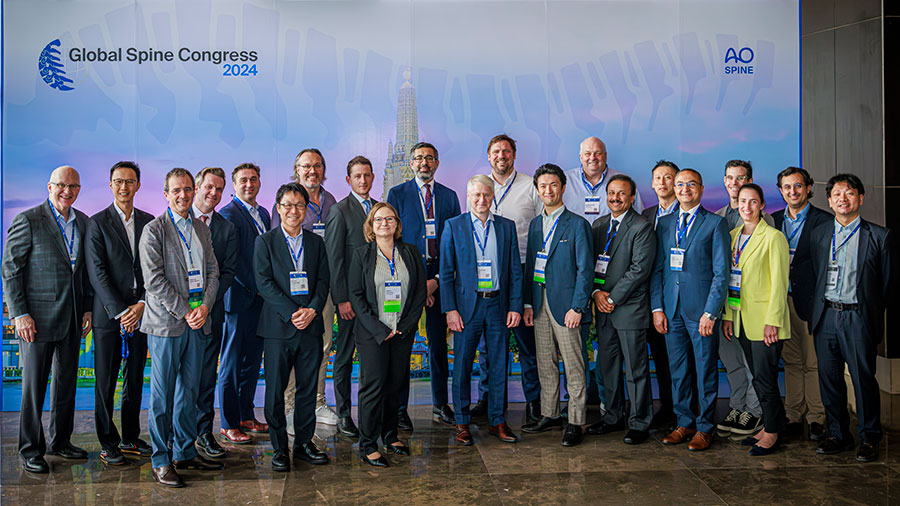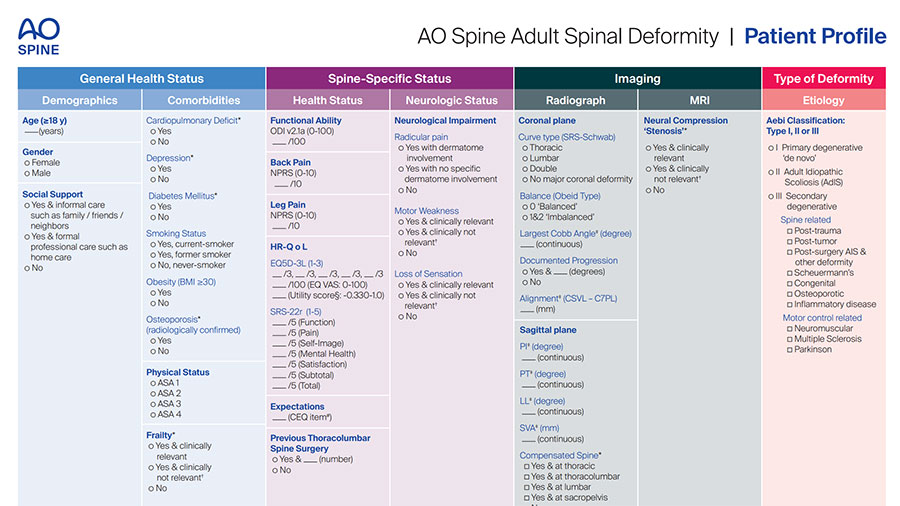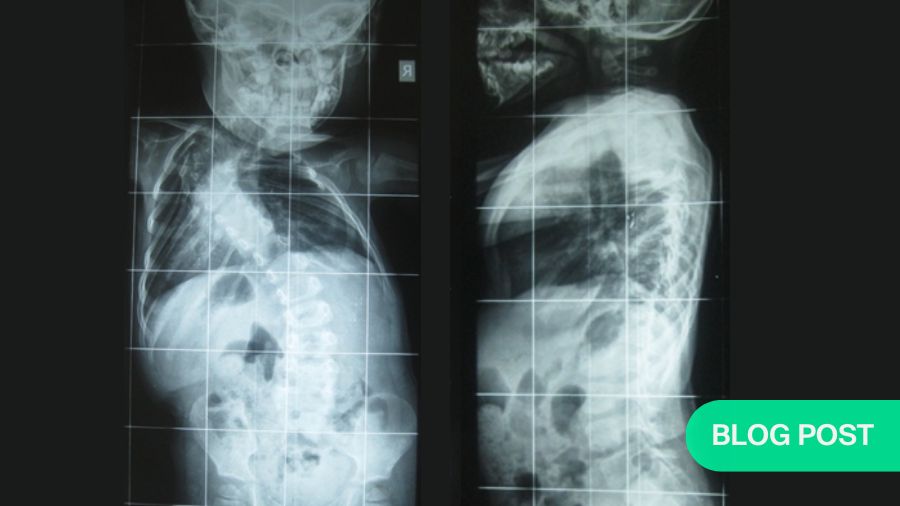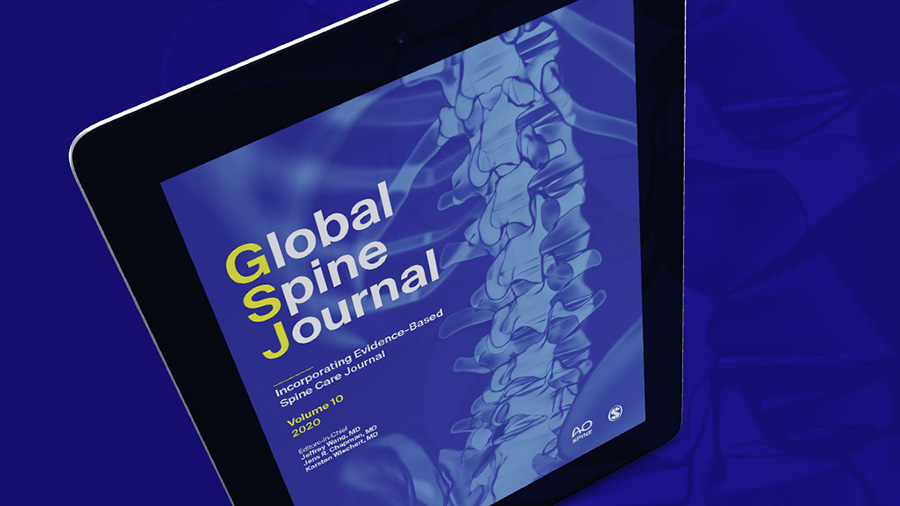AO Spine Knowledge Forum Deformity launches study on supplementary rod constructs
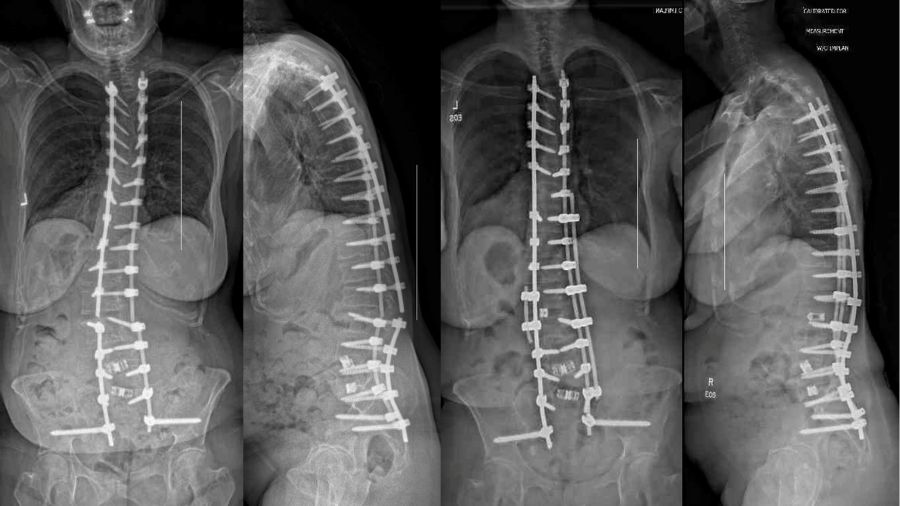
AO Spine Knowledge Forum Deformity has launched a new study exploring and comparing the durability of supplementary rod constructs—SuppleMentAry Rod Technique (SMART)—for long-segment posterior instrumented spinal fusion procedures. The landmark multinational retrospective study investigates the incidence, timing, risk factors, and management of rod fractures in deformity spine surgery. This collaborative effort aims to provide critical insights into one of the most common and challenging complications in spinal deformity corrections, potentially influencing surgical practices.
This AO Spine-sponsored study is executed with AO Clinical Evidence (AO CE).
ClinicalTrials.gov Identifier NCT06368245.
The study will focus on comparing two commonly used instrumentation techniques: dual-rod constructs and supplementary rod constructs. "Dual-rod systems are the standard approach, providing stability and strength for spinal fusion," Principal investigator Justin Smith explains. "In contrast, supplementary rod constructs, which involve additional rods most often placed parallel to the primary rods, are increasingly employed to enhance mechanical durability in long-segment or high-stress spinal deformity cases."
Do supplementary rods reduce rod failures?
The anticipated results are expected to highlight the mechanical advantages of supplementary rods in reducing the incidence of rod fractures. Additionally, the study will assess the impact of factors such as type of rod construct and pelvic fixation techniques on rod fracture rates and clinical outcomes.
"This study holds significant importance for the surgical community, " Co-Principal investigators Stephen Lewis and Michael Kelly added. "Rod fractures not only compromise the success of spinal deformity correction but also frequently necessitate revision surgeries, posing increased risks for patients." By identifying the key contributors to rod failure and understanding the role of supplementary rods in mitigating these risks, the findings will provide surgeons with evidence-based guidance to optimize surgical planning and patient care.
As the first large-scale, multinational effort to explore this critical issue, the study underscores the commitment of the AO Spine Knowledge Forum Deformity to advancing knowledge and improving outcomes for patients with complex spinal deformities. Findings are expected to be published by late 2028.
Be the first to know about new AO Spine content and updates
Sign up for the AO Spine newsletter
Don't miss these resources for spinal deformities:
AO Spine Adult Spine Deformity Patient Profile
The AO ASD Patient Profile allows physicians to systematically consider the factors that could contribute to optimal management of the condition.
AO Guest Blog deformity posts
Select 'Deformity' or another of the predefined tags to filter and browse articles by specialty in the AO Guest Blog. Read, be inspired, and submit your post!
AO Spine Deformity Curriculum courses
AO Spine deformity courses as well as the Global Spine Diploma modules provide skills that spine surgeons need for the future.
Global Spine Journal
AO Spine’s official scientific journal, fully open access, with an impact factor. Submit your paper, read articles, special collections, and focus issues, or apply to become a reviewer.


